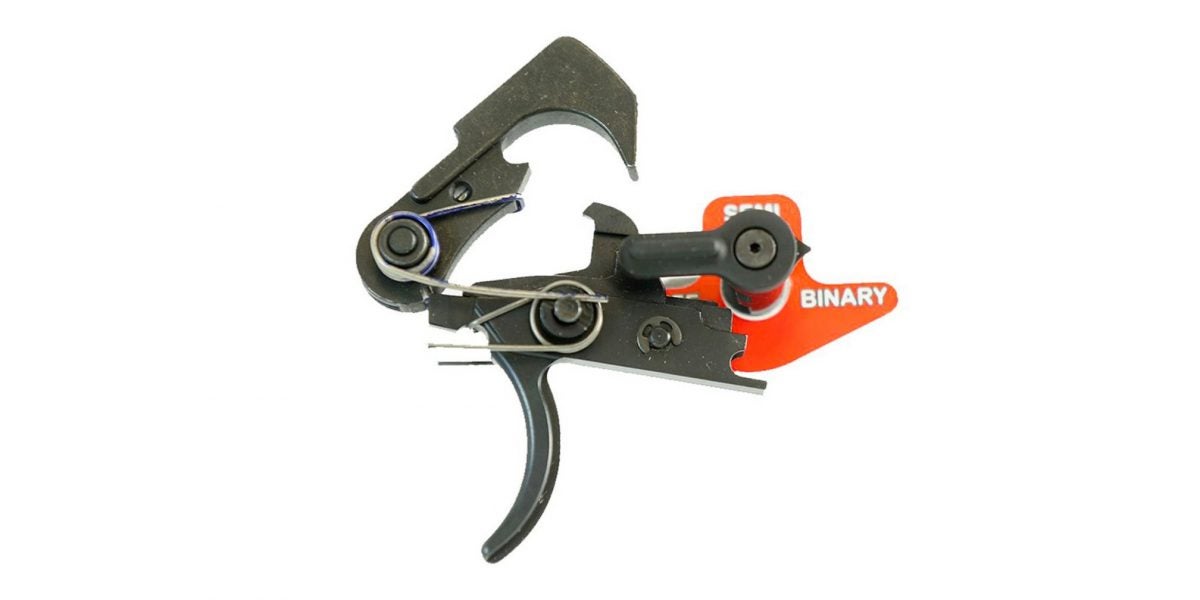What Is a Binary Trigger – Why Use Them?
If you’ve ever explored the mechanics of AR-style rifles, you may have come across the term binary AR trigger. While it sounds complex, the concept is actually straightforward and offers unique advantages for both learning about firearm mechanics and enhancing shooting rhythm. In this article, we’ll break down what a binary trigger is, how it works, and why someone might choose to use or study one. For educational context, many enthusiasts reference examples such as the Franklin Binary Trigger to understand how dual-action triggers operate.
.
Understanding the Binary Trigger
At its core, a binary trigger differs from a standard AR trigger in how it responds to your finger:
- One shot fires on pull of the trigger
- One shot fires on release of the trigger
This dual-action design increases the perceived firing rate without converting the rifle into a fully automatic weapon. Each mechanical action still produces only one round, which keeps it in the semi-automatic category legally.
Think of it like walking up stairs: each step is a separate action, but the rhythm feels faster than taking giant leaps. The binary trigger uses both “steps”—pull and release—to create a smooth, controlled cadence.
How a Binary AR Trigger Works
Binary triggers are designed with additional sears and mechanical components to enable dual-action firing. Here’s a simplified breakdown:
- Pull Shot
- When you pull the trigger, the hammer releases, firing the first round.
- The mechanism prepares for the second shot on release.
- Release Shot
- When you release the trigger, the hammer is released again.
- The second round fires, using a natural motion your finger already performs.
- Safety Features
- Many systems include options to cancel the release shot for control.
- Proper handling ensures predictability and prevents unintentional firing.
This combination makes the system feel more responsive and engages the shooter in a rhythm-based firing cycle.
Why Use a Binary Trigger?
Binary triggers are not just about speed—they offer several educational and practical benefits:
1. Faster Perceived Firing Rhythm
Because the system fires on both pull and release, the time between shots is effectively shortened, making the rifle feel more responsive without violating semi-automatic restrictions.
2. Improved Trigger Discipline
Using a binary trigger encourages shooters to be more aware of finger movement. You must control both pull and release carefully, which enhances overall shooting technique.
3. Mechanical Understanding
Studying binary triggers offers insight into firearm engineering. Observing how dual-action sears and hammers interact helps learners understand the interplay of mechanical components in a controlled environment.
4. Engaging Learning Tool
Even if someone does not plan to install one, exploring a binary trigger is educational. It demonstrates innovation in trigger design and how small adjustments can change user experience.

Binary Triggers vs. Standard Triggers
FeatureBinary AR TriggerStandard AR TriggerFiring ActionsPull + ReleasePull onlyPerceived SpeedFasterStandardMechanical ComplexityHigherLowerTraining ValueHigh (coordination & rhythm)ModerateLegal ClassificationSemi-automaticSemi-automatic
While standard triggers are simpler and ideal for beginners, binary triggers provide a deeper understanding of trigger mechanics and offer a unique firing rhythm for more advanced shooters.
Safety and Legal Considerations
Even in educational contexts, safety remains critical:
- Awareness of release shot: Each trigger release produces a round, so accidental discharge is possible if not handled carefully.
- Local regulations: Binary triggers are generally semi-automatic, but laws vary by state.
- Proper handling: Always maintain muzzle discipline and trigger control.
Following these guidelines ensures responsible use and study of binary triggers.
Conclusion
A binary AR trigger is a fascinating variation on standard AR triggers, firing once on pull and once on release. While it does not make the rifle fully automatic, it creates a faster, more engaging firing rhythm. Binary triggers like the Franklin Binary Trigger are often studied to understand mechanical innovation, improve trigger discipline, and explore the relationship between pull, release, and firing cadence. Whether used for practical shooting or educational purposes, binary triggers offer valuable insights into firearm engineering and user control.





Comments